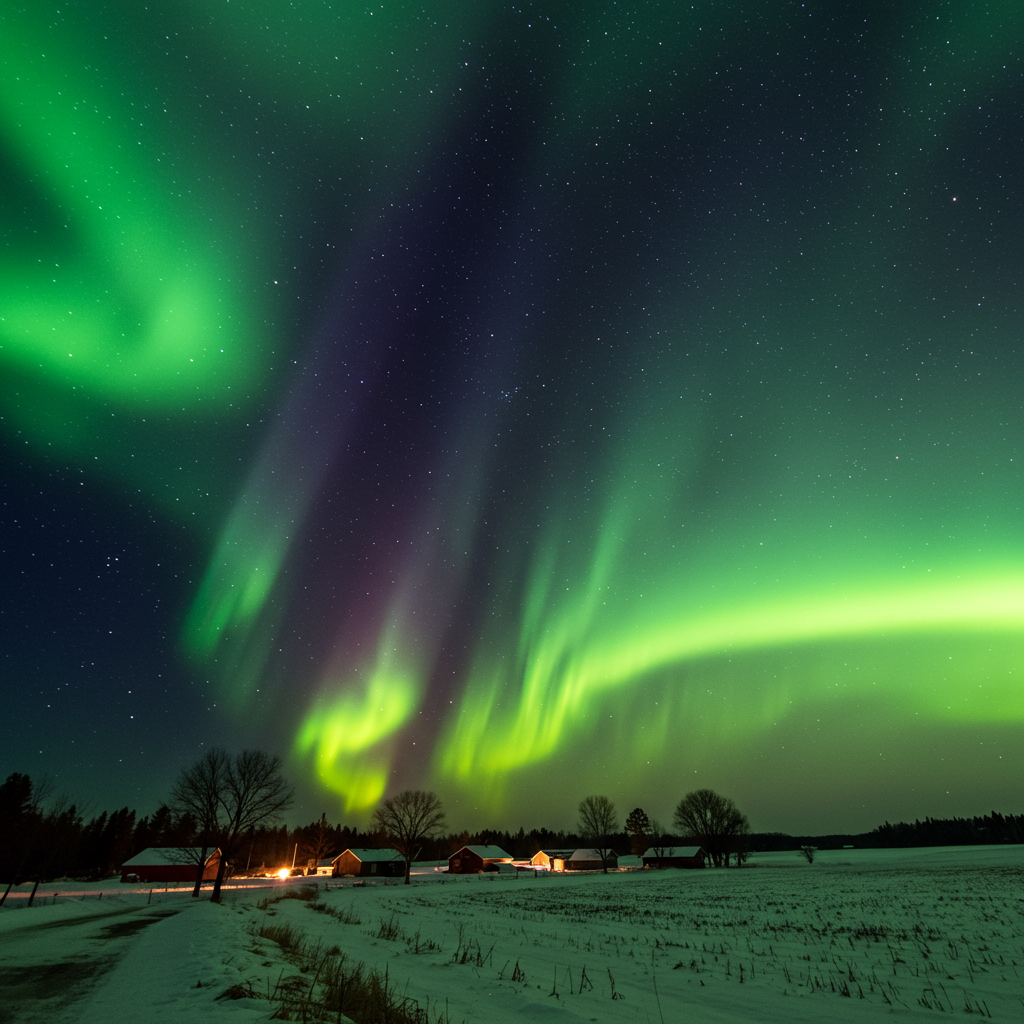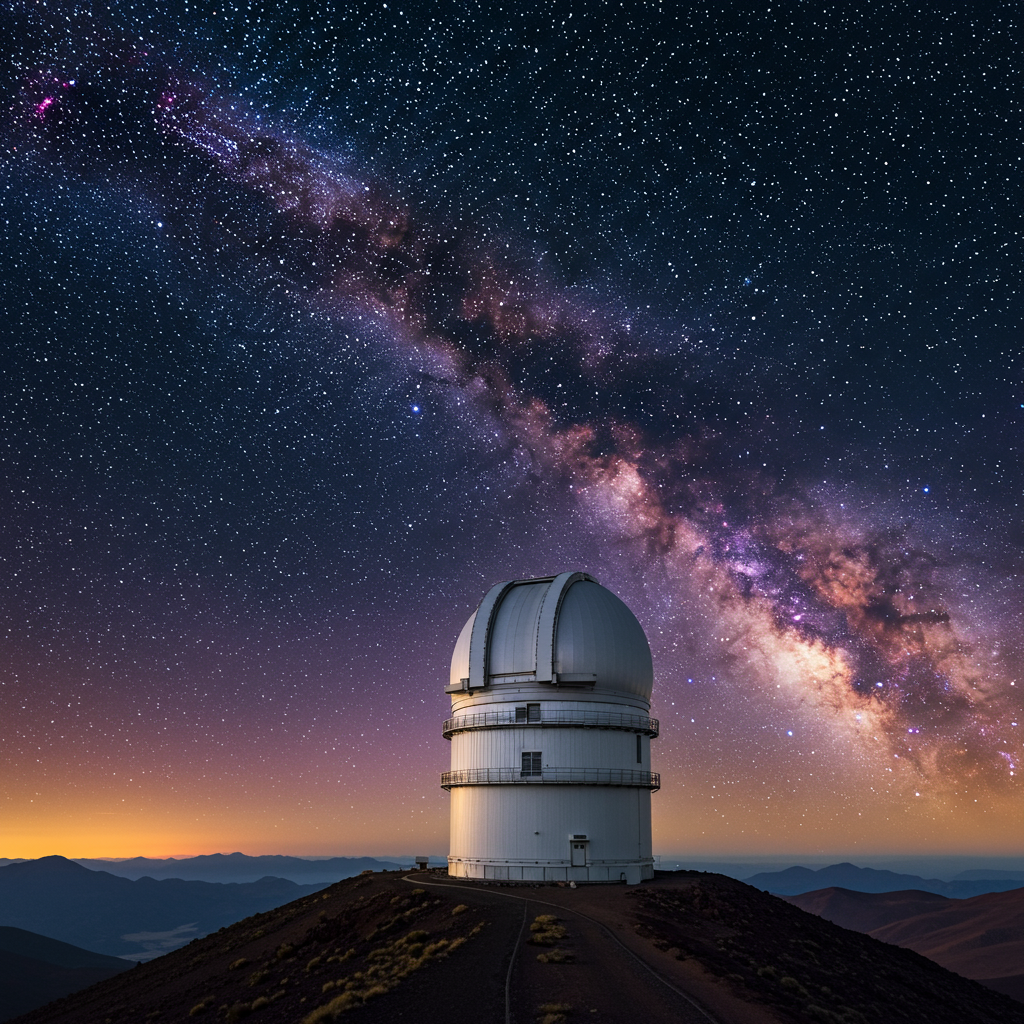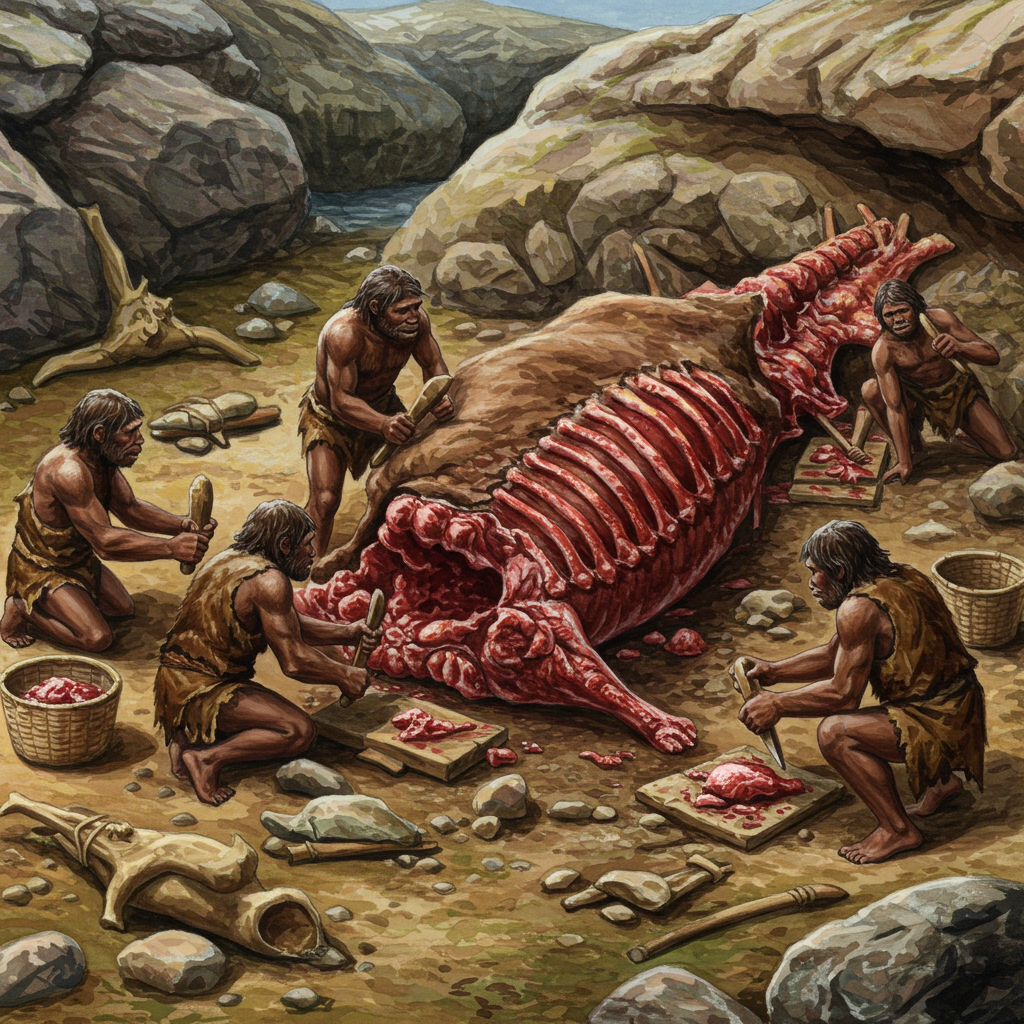Get ready, Wisconsin! The ethereal dance of the Northern Lights, or Aurora Borealis, may grace skies across the Badger State this week. Thanks to heightened solar activity, conditions are favorable for a potential celestial spectacle visible much further south than usual.
According to the National Oceanic and Atmospheric Administration (NOAA), a geomagnetic storm watch has been issued, creating the potential for aurora visibility over a wide area of the United States, including Wisconsin.
Understanding the Aurora: A Cosmic Light Show
What causes these dazzling lights? The Northern Lights are a natural phenomenon triggered by activity on the sun. Solar flares and coronal mass ejections (CMEs) release streams of electrically charged particles into space. When these particles reach Earth, they collide with our planet’s magnetic field, which redirects them towards the poles. As these particles enter Earth’s atmosphere, they collide with gases like oxygen and nitrogen. This collision excites the atmospheric particles, causing them to release energy in the form of light – creating the vibrant, moving curtains we call auroras. The colors (green, red, blue) depend on the type of gas and the altitude of the collision.
With the sun currently at the peak of its 11-year cycle (known as solar maximum), events that cause auroras are becoming more frequent, increasing the chances of seeing them at lower latitudes like Wisconsin.
Wisconsin’s Aurora Forecast: When to Look
NOAA’s Space Weather Prediction Center (SWPC) indicates the northern lights may be visible throughout Wisconsin primarily on the nights of June 24 and June 25.
The forecast predicts geomagnetic activity with a Kp index of five for these nights. The Kp index is a scale measuring geomagnetic disturbance. A Kp index of five signifies a moderate geomagnetic storm, which suggests the auroral activity is moving further away from the poles. At this level, the lights are likely to be “brighter and there will be more auroral activity,” according to the SWPC, enhancing viewing potential.
While the exact timing can vary, the SWPC advises that the lights are typically best seen within an hour or two of midnight. This means your best window for spotting the aurora is generally between 10 p.m. and 2 a.m.
Where to Maximize Your Chances in Wisconsin
Seeing the Northern Lights requires dark skies, away from interfering city lights. To improve your view, consider heading to locations known for minimal light pollution and potentially higher vantage points.
Here are some spots across Wisconsin recommended for their dark skies and potential for aurora viewing:
Newport State Park, Ellison Bay: A designated International Dark Sky Park, offering exceptionally dark conditions.
Driftless Region: This scenic southwestern area is less developed in many parts, providing darker skies.
Harrington Beach State Park, Belgium: Offers shoreline views of the northern horizon.
Kettle Moraine State Forest, Eagle: Provides vast open areas and varied terrain.
Kohler-Andrae State Park, Sheboygan: Another lakeside option with open views.
Parnell Tower, Plymouth: A high point offering panoramic views (check accessibility and night hours).
Important Considerations: Check the Weather!
Even with a strong geomagnetic forecast, local weather is crucial. Clear skies are essential to see the aurora. Unfortunately, forecasts for Wisconsin this week include potential rain and thunderstorms over the next few days, possibly lasting until Thursday.
Check the latest weather forecasts for your chosen viewing location before heading out. Cloudy or stormy conditions will likely obscure any potential aurora display.
Tips for Aurora Hunting:
Find a dark spot: Get as far away from city light pollution as possible.
Look North: The aurora typically appears low on the northern horizon at Wisconsin’s latitude during moderate storms.
Be Patient: The aurora can be unpredictable. Keep watching the northern sky during the prime viewing window.
Check Real-Time Forecasts: Use resources like NOAA’s Aurora forecast tool or the SWPC website for short-term (30-90 minute) predictions on location and intensity.
- Use Your Phone Camera: Often, a smartphone camera can capture the colors of the aurora better than the naked eye in low light.
- www.jsonline.com
- www.burlingtonfreepress.com
- www.seacoastonline.com
- www.sctimes.com
- www.yahoo.com
While clear weather is the biggest wildcard, the potential is there for Wisconsin residents to witness a truly spectacular natural light show this week. Keep an eye on the sky!



